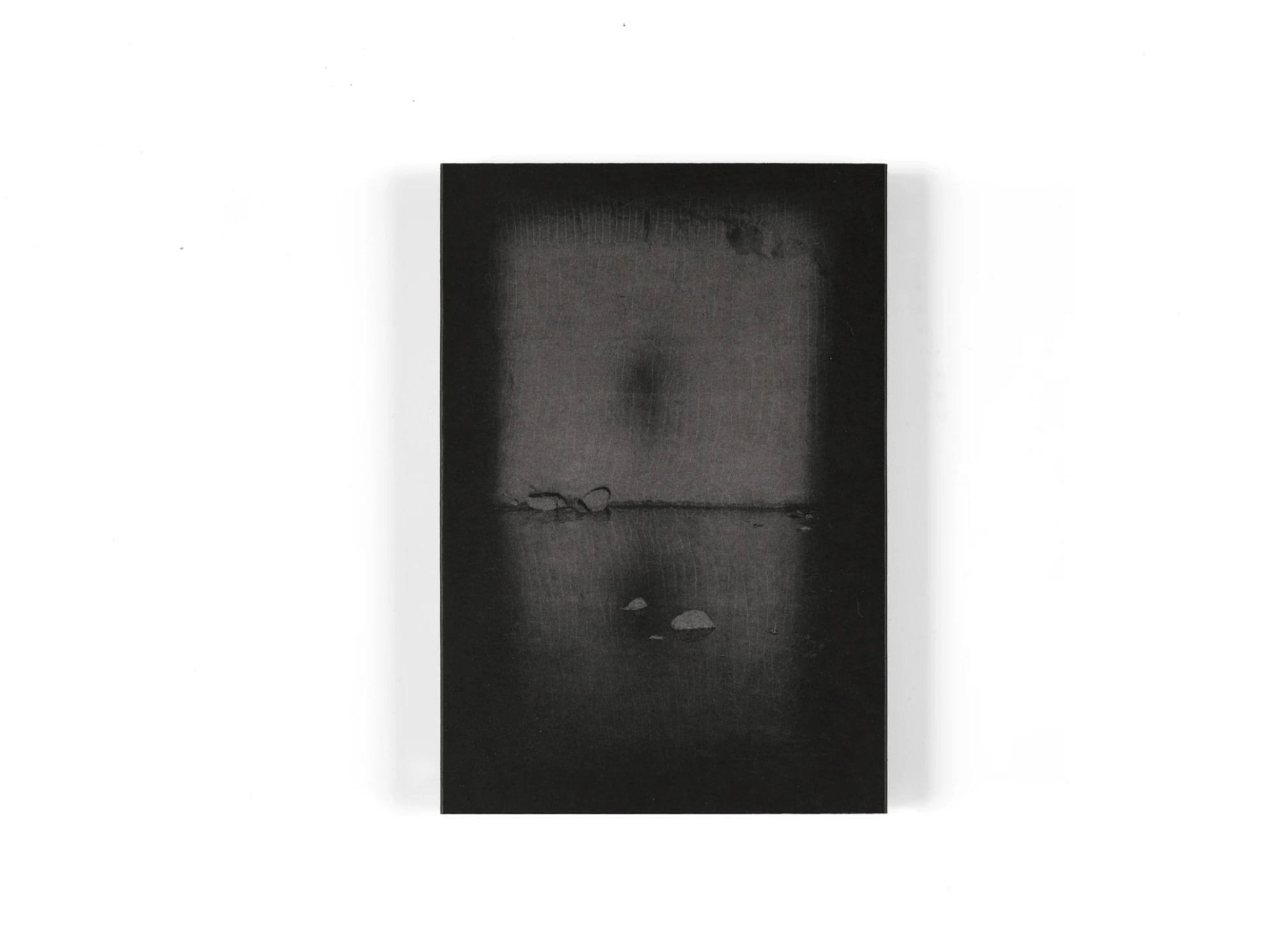





















「Steles(石碑)」と題された本作では、中国の歴史を記録する上で重要な役割を担ってきた石碑に焦点をあてている。清朝末期の官僚、黄毅(Huang Yi, 1744-1802)は、余暇を利用してアマチュアの考古学者、画家、詩人、書家としても活躍。18世紀末、彼は山東省と河南省にある石碑を中心に、2度の旅をし、その旅日記や絵画、拓本などを通じて、放置されたまま消滅しかねない文化財の貴重な記録を残したのだった。
塔可(Taca / タカ)は、黄毅の日記『宋山洛河石碑行脚記』や『済寧~泰安歴史石碑行脚記』を参考にしながら、旅の計画を立てていった。
200年前の黄毅と同じように、タカは石碑に残された過去の痕跡を探す旅に出たが、黄毅が実物を確認し、記述し、目録を作成できたのに対し、タカは時間の経過とともに大部分が消え、断片的にしか存在しない銘文で満足しなければならなかった。しかしタカは、そのような徒労感に苛まれながらも、できる限り保存に努める。ドキュメンタリー写真とは対極にあるタカの写真は、寂しげで時間を超越した美しさを持ち、同時に完全に特殊でありながら、容赦ない時間の経過を感じさせる。
黄毅が日記に発見を記し、亡くなる直前に友人たちに見せたり、北京や杭州に送ったりしたことから始まる連鎖の中で、タカは最も新しいリンクとなる。また、彼が制作した400点あまりの拓本は、広く流布された。タカは、黄毅の足跡をたどり、学術的な記録への追加ではなく、彼自身の詩的な洞察によって、現在進行中の対話に貢献しているのです。
-
Taca Sui (塔可/タカ・スイ): 1984年、中国・青島生まれ。2003年、中国中央美術学院(北京)にて学ぶ。2007年、ロチェスター工科大学(ロチェスター)を卒業。ニューヨークのメトロポリタン美術館やフィラデルフィア美術館などに作品が収蔵されている。現在、ニューヨークと北京を行き来し活動している。
-
The latest body of work collectively titled Steles focuses on the stone steles that have played such a crucial role in the documentation of the history of China. In this case Taca Sui was inspired by the late Qing dynasty imperial bureaucrat Huang Yi (1744 – 1802) who in his leisure time was also a dedicated amateur archaeologist, painter, poet and calligrapher. In the last years of the 18th century he made two trips in which the focus was on documenting steles mainly located in Shandong Province and Henan Province. Through his travel diaries, paintings, and rubbings, he provided an invaluable record of cultural artifacts that otherwise might have disappeared altogether through neglect. In planning his own trips, Taca consulted Huang Yi’s diaries, Diary on Visiting Steles near Mount Song and the Luo River and Diary on Visiting Historical Steles from Jining to Tai’an.
Like Huang Yi 200 years before him, Taca embarked on expeditions to locate traces of the past as preserved in steles but whereas Huang Yi could still identify, describe and catalogue actual examples, Taca had to be satisfied with inscriptions that are largely erased through the passage of time or exist only in fragmentary state. Recognizing the futility of his task, he nonetheless perseveres in preserving whatever he can. At the opposite end of the spectrum from documentary photography, Taca’s images have a forlorn and timeless beauty that are simultaneously totally specific and yet evocative of the relentless passing of time.
To accomplish this, he uses silver barium sulfide photographic paper which contributes greatly to the effects he wants to convey. As a result of its intrinsic qualities, this type of photographic paper results in elusive images since unless seen from a specific angle, they dissolve into silver reflected light.
Taca is the latest link in a chain that began with Huang Yi when he recorded his discoveries in his diaries and shortly before his death showed his painting to friends when they came to visit him, as well as sending them to Beijing and Hangzhou. Copies of the 400 or so rubbings he made were also widely circulated. Taca followed in Huang Yi’s footsteps and contributes to the ongoing dialogue not through additions to the scholarly record but through his own poetic insights.
-
Taca Sui was born in Qingdao, China in 1984. In 2003, he studied at China Central Academy of Fine Arts, Beijing. In 2007, he graduated from Rochester Institute of Technology, Rochester. Taca’s work has entered the collections of the Metropolitan Museum of Art, New York and the Philadelphia Museum of Art. He currently resides in between New York and Beijing.
